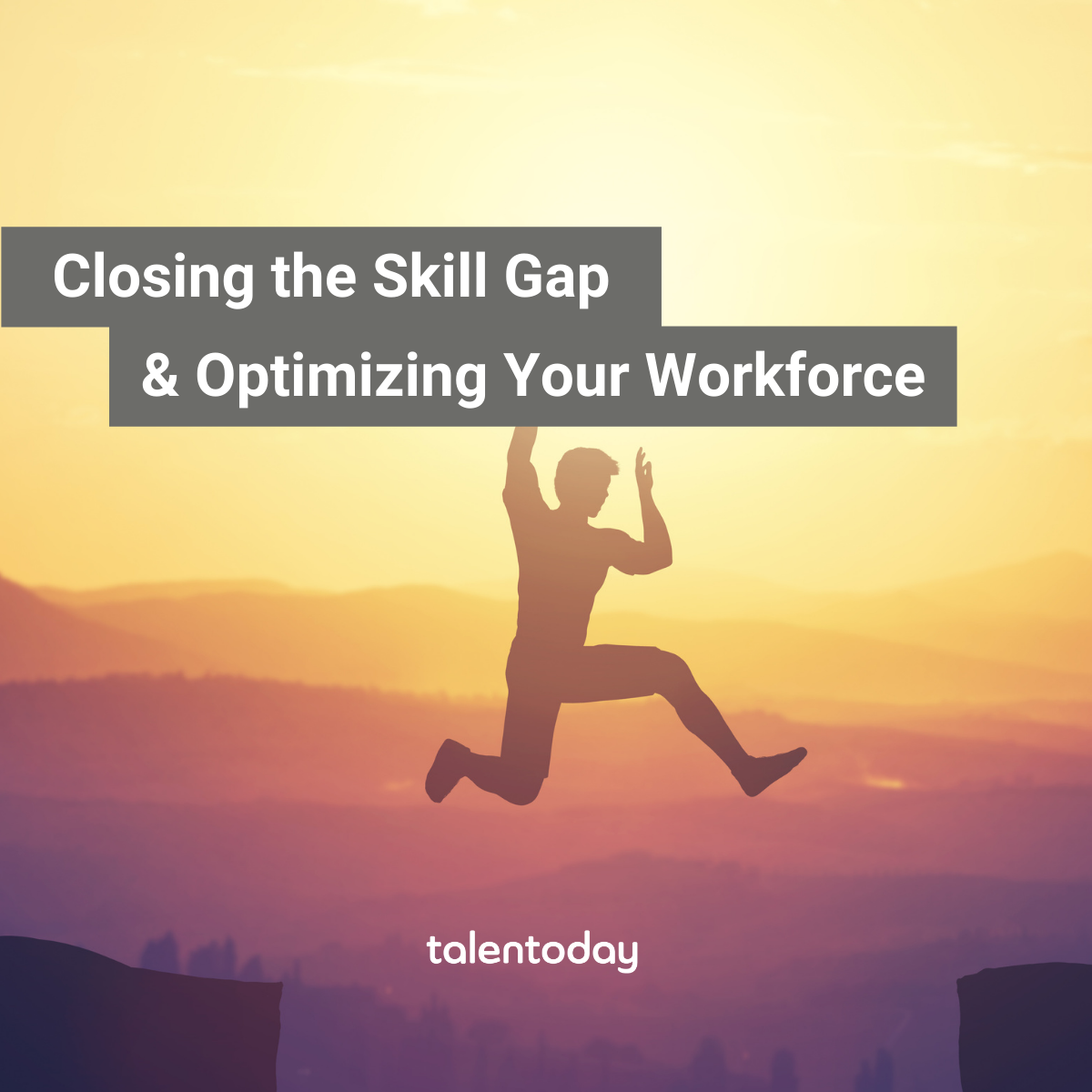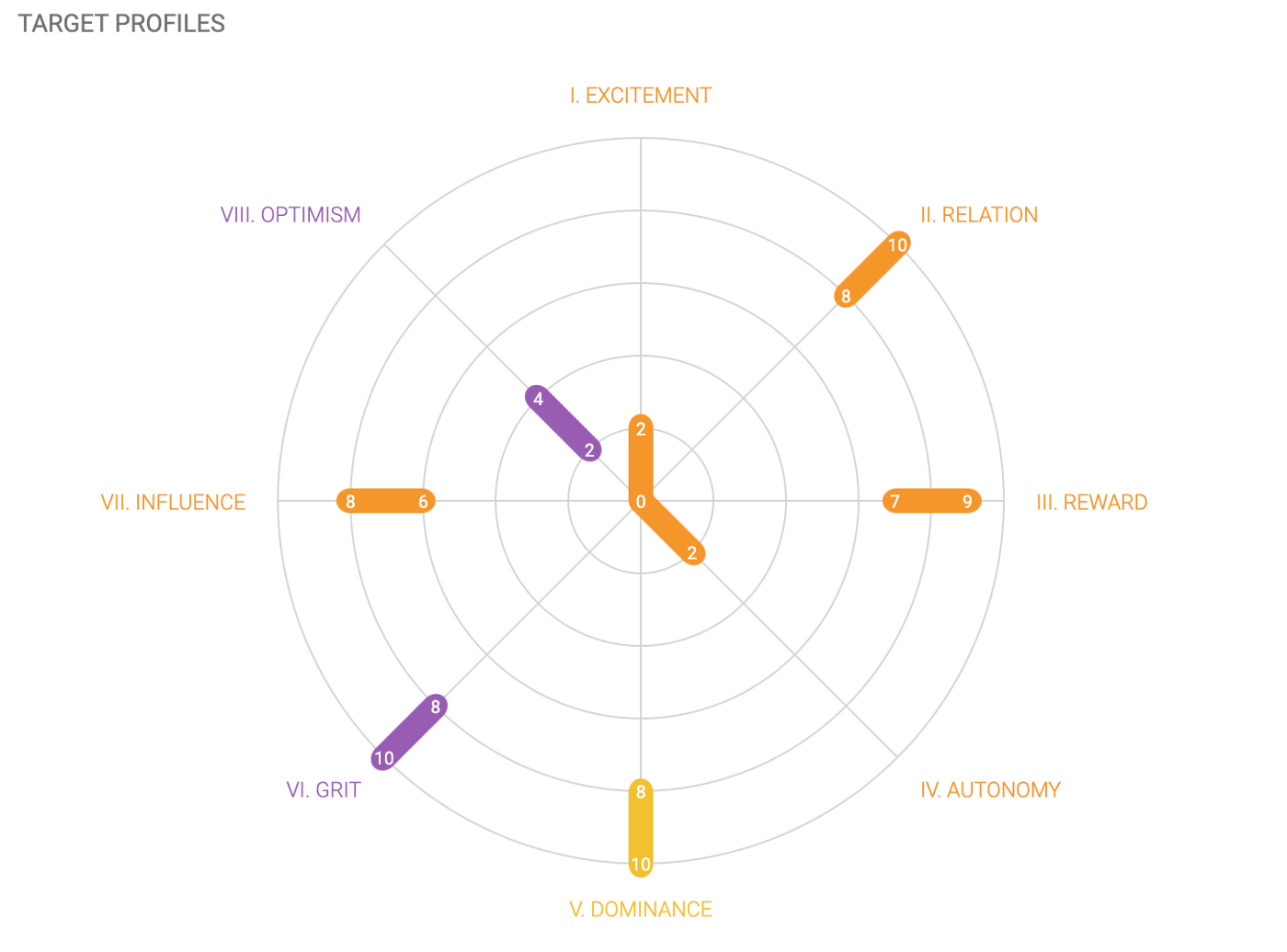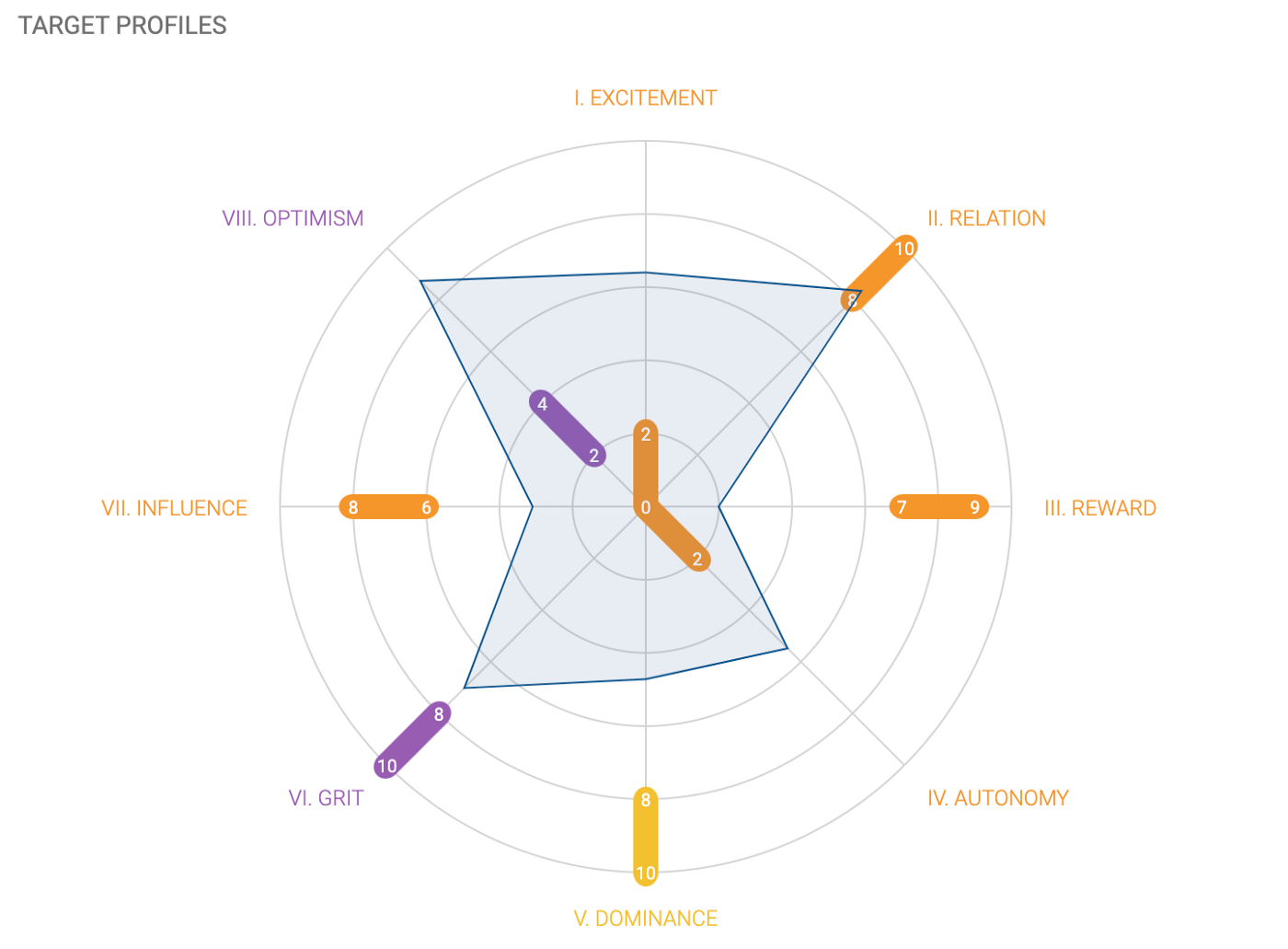
We can all agree that the only constant is change, right? For example, look at your life 6 months ago and compare it to now. Pretty different, isn’t it? Okay, maybe that’s not a fair example because of the whole “global pandemic thing”; but pandemic aside, things are constantly evolving in all aspects of our lives. Your phone software is continuously being updated even if you have the same phone. Fast food restaurants are using touch screens to place orders. Every new model of car has a button that does something our cars didn’t do before. We wear masks to go to the grocery store and we are all finally getting the personal space we desire (let’s be honest, we can’t really push the whole pandemic thing aside).
It might seem like technology is taking over the world, but remember that behind every new technology are the humans that created it. We shouldn’t be competing with technology but rather learning how to coexist with it. Using technology to improve our processes and harnessing our human power in more efficient and effective ways is how we will beat the robots! (…and stay ahead of the skill gaps!)
Internal Mobility
Before we get too far into this blog post, I want to make sure we’re all on the same page about Internal Mobility. This is when an organization is recruiting for positions within their current workforce¹. For example, if there is a need for a new position within an organization or if someone leaves their role then the candidate pool would come from individuals already working at that organization. There are so many benefits to Internal Mobility, both economical and cultural. I suggest you check out the webinar recording for that!
“But what if the new role requires skills that nobody else in the organization possesses?”
That’s what our blog post is really about today: closing those skill gaps!
Upskilling and Reskilling
Upskilling is used when you are taking the skills that a person already has and improving on those skills². A great example of this is technology. Although someone might be proficient in Microsoft Excel, for example, they could go through courses that help them utilize more tools and functions in Excel that they did not know about before. When upskilling an individual within an organization, the goal is to keep them in their same position while improving their performance and adapting to changes within their environment.
Reskilling on the other hand deals with teaching an individual completely new skills². These can be hard or soft skills, and the goal is to provide an employee with the tools needed to move into a brand new position.
How do soft skills play a role in this?
As you know we are all about soft skills here at Talentobe! If you thought we were going to have a blog post that didn’t mention soft skills then you, my friend, were very wrong. Did you know that 94% of employers consider soft skills to be a key element of success in the workplace?³. This isn’t to say that hard skills are not important — just that we’re going to focus on our soft skills today.
Think about your current position. What was it that got you that role? It might be your education, your knowledge of a specific technology or product, or maybe your prior years of experience. Now think about what makes you successful in your role. These are probably going to be your soft skills: your ability to communicate, think critically, pay attention to details, or make decisions. This is why soft skills are so important; they play a huge role in one’s success in the workplace, and they sometimes go unnoticed!
Target Profiles
Assessing your workforce is the best way to keep up to date with the skills that you currently possess and also the skills that you need growth in. Our MyPrint assessment and Talentobe Manager platform are a great way to assess and visualize your workforce’s soft skills.
Within the Talentobe Manager platform we have a Target Profile feature to help visualize the 8 most distinct personality and motivation traits for a group of individuals. This can be a custom group of people or based around a single job title or function. Below is what the Target Profile for Sales looks like, which is one of the Target Profiles that is built into the Talentobe platform.

Now let’s put this to use — let’s say that I wanted to move into a Sales role. We could then match up my MyPrint results on top of the Target Profile for Sales to see the areas where I have the biggest gaps.


Right away we can see that I am a 47% match for a Sales profile. Does this mean that you should lose all hope in my ability to be a sales person? Not at all! This Target Profile should be screaming opportunity at you! One area of concern would be that I am very high on Optimism (shocker, I know). Knowing this, I would probably need some training on when, where, and how to use my positivity. I wouldn’t make any sales if I responded to clients’ concerns with “It’s fine, everyone experiences bumps in the road! You are still profiting though so you are doing great!” (Sorry to all of the sales people out there who just panicked a little bit).
When an employee is moving into a new role it is key to understand what skills they possess, as well as the talent gaps they need to fill, in order to set them up for success. Just because someone isn’t a 100% match for a new position does not mean that they are a lost cause. People are capable of learning and growing not only with their hard skills, but with soft skills as well!
In conclusion…
Technology is taking over the world. Okay, maybe not completely. Technology is constantly changing though, and with that comes a change in our workforce. By understanding the skills that your workforce currently possesses you can stay on top of the skill gaps that are sure to come your way. By investing in your people, you will be able to optimize your workforce to be the most successful that they can be!
If you’d like to view our webinar on Upskilling and Optimizing Your Workforce, or if you’d like more information about Talentobe, please visit www.talentoday.com or contact our experts at contact@talentobe.com.
Sources
1 Whelan, P. (2019). Why internal mobility is key to building the workforce of the future. HR Technologist. https://www.hrtechnologist.com/articles/recruitment-onboarding/why-internal-mobility-is-key-to-building-the-workforce-of-the-future/
2Agrawal, S., Poplawski, P., Reich, A., & De Smet, A. (2020). Beyond hiring: How companies are reskilling to address talent gaps. McKinsey & Company. https://www.mckinsey.com/business-functions/organization/our-insights/beyond-hiring-how-companies-are-reskilling-to-address-talent-gaps
3Chelovechkov, A., Lefkowitz, R., Spar, B., & Van Nuys, A (2019). 2019 Workplace Learning Report. LinkedIn Learning.


